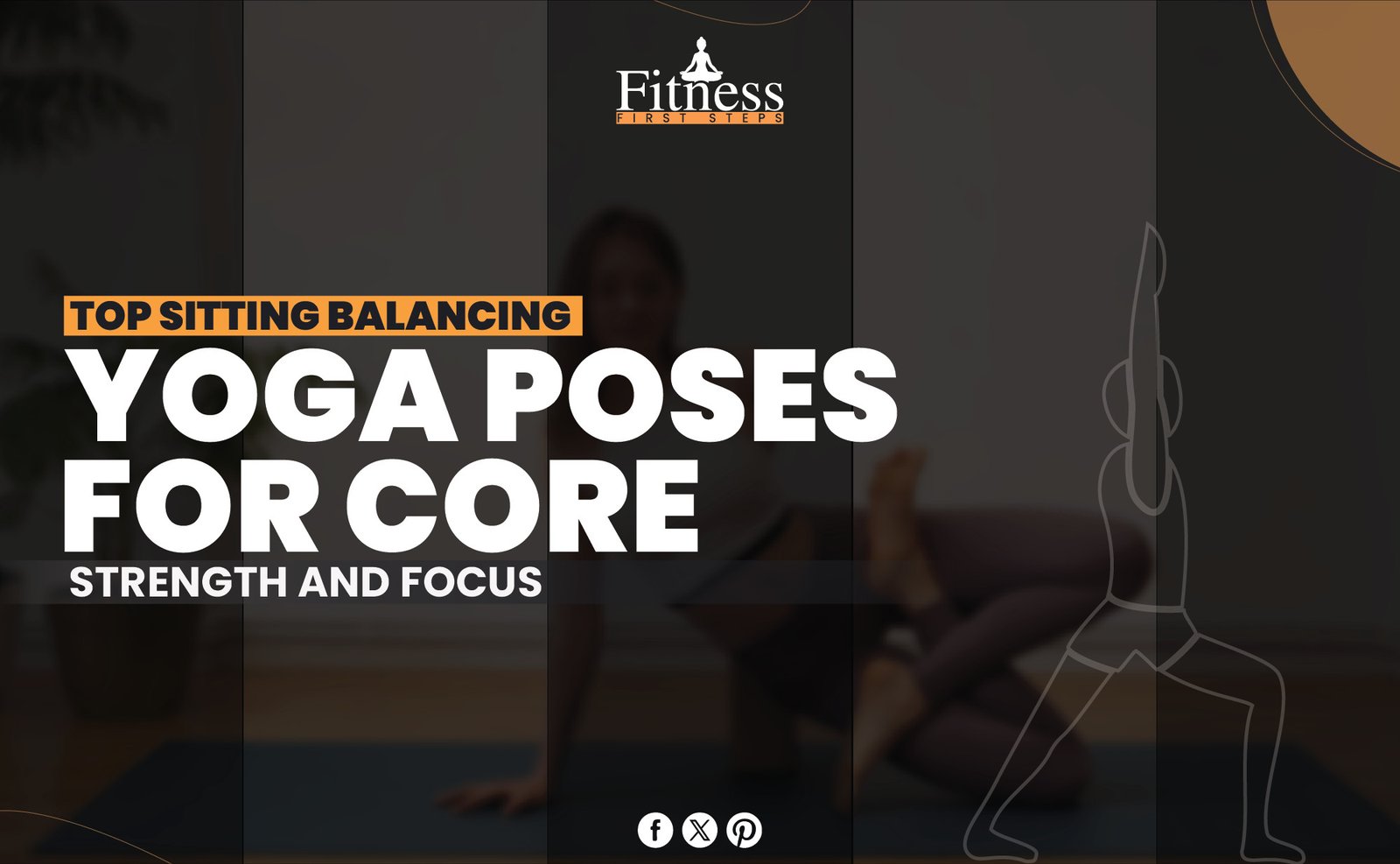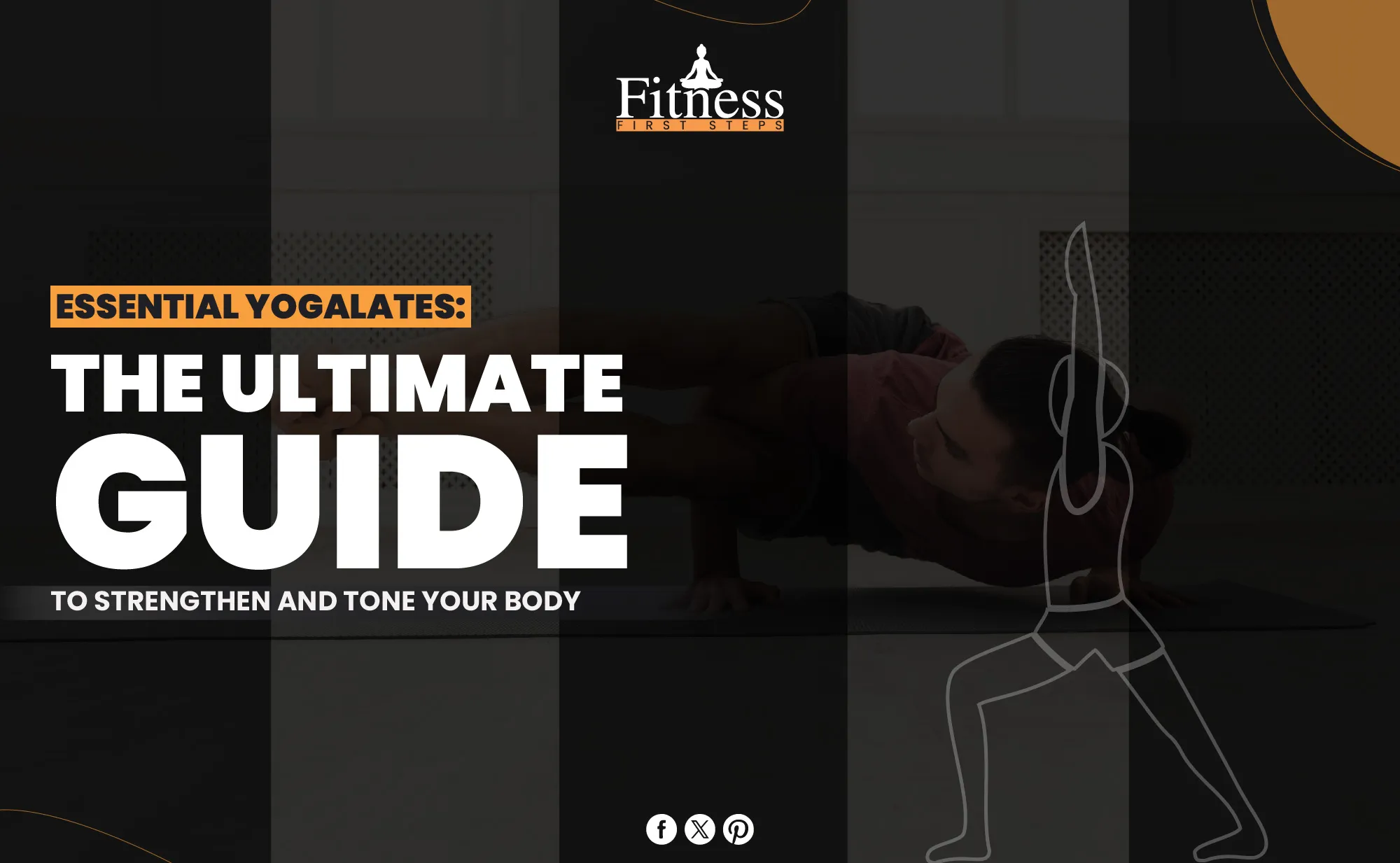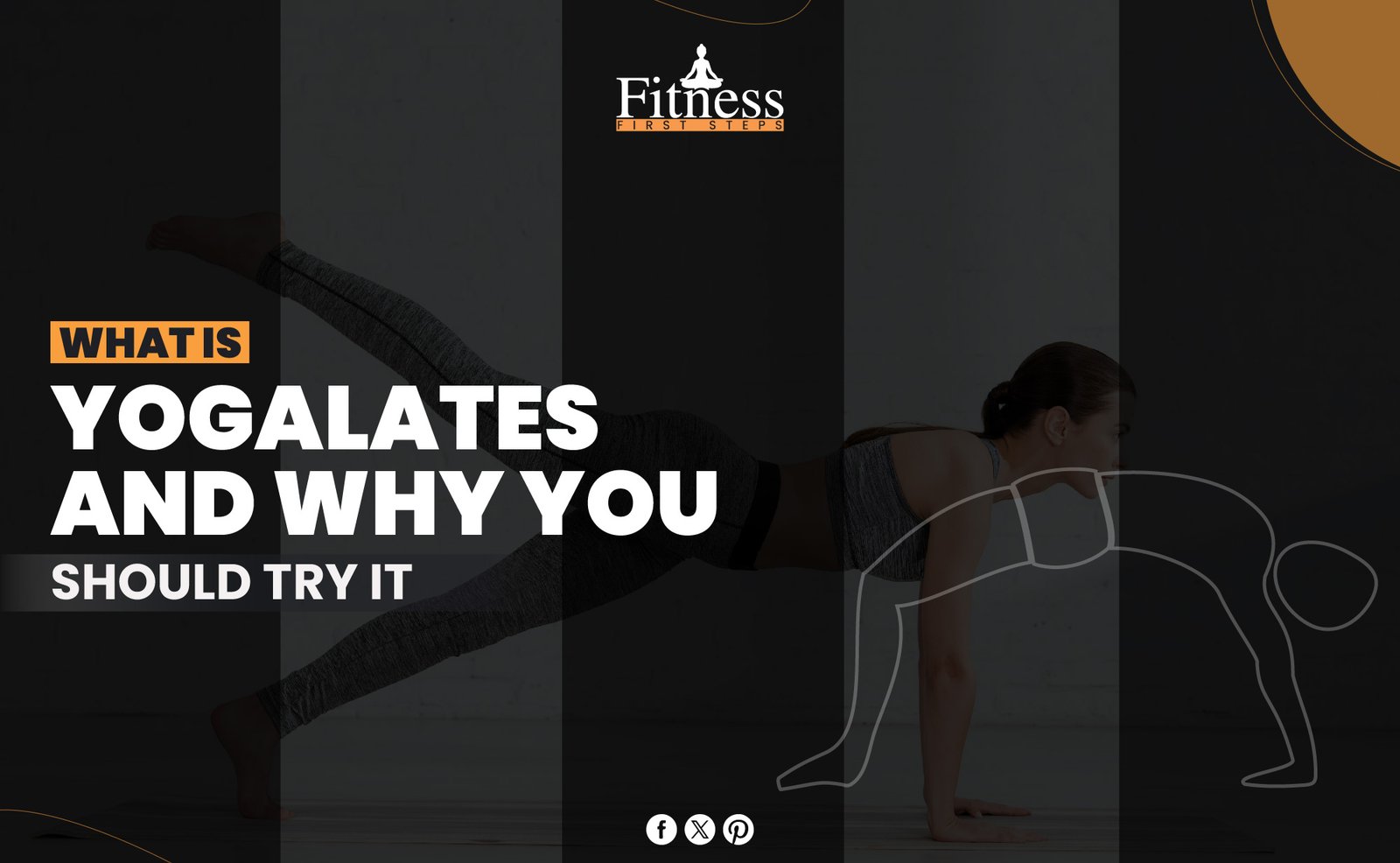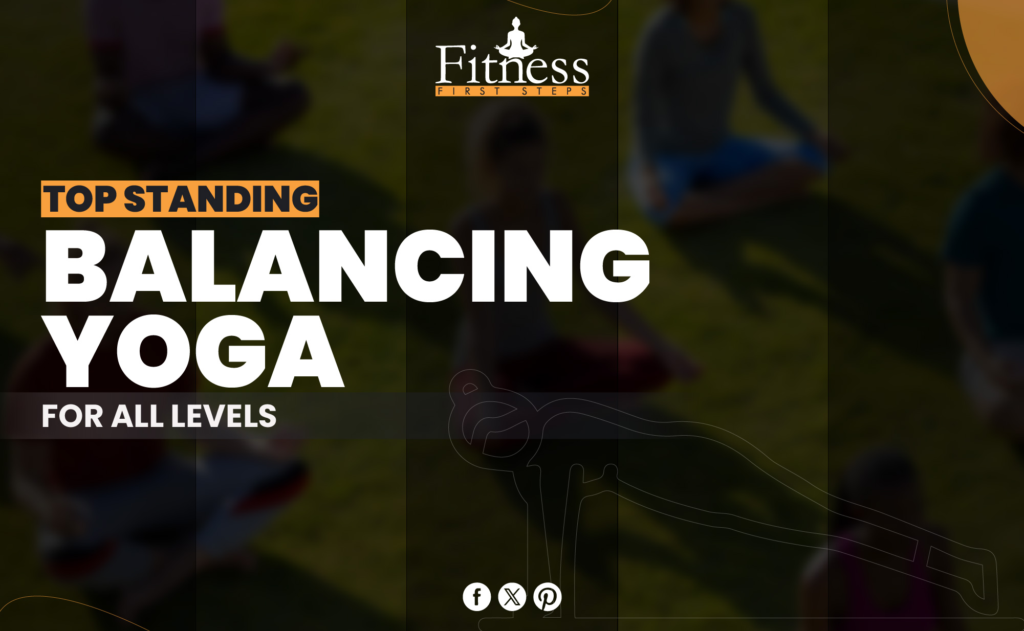Introduction
There are many great benefits for kids beyond the physical poses that happen when they do yoga and practice awareness. Studies have shown that mindful yoga for kids can help them focus, control their emotions, and generally feel better. It helps kids understand their feelings better, builds a good self-image, and calms and relaxes their busy lives.
By starting kids with easy, fun poses in mindful yoga, you can help them form healthy habits that will last a lifetime. This guide presents five simple mindful yoga poses for kids to keep young minds and bodies active. Kids can get healthy doing these things, and they also help them be more aware, which means they can connect with the present moment and their true selves.
Understanding Mindful Yoga for Kids
Mindful yoga for kids is more than just a set of poses; it’s a way to help kids grow mentally and physically. Here are some of the reasons why mindful yoga for kids is so crucial for their growth:
- Fosters Emotional Intelligence: Kids who do mindful yoga learn to be aware of their feelings and how to deal with them. Yoga teaches kids how to stay calm and centered when things get tough.
- Promotes Physical Health: Mindful yoga for kids not only makes them more robust and flexible but also improves their health and well-being. Kids can stay healthy and busy while having fun.
- Enhances Concentration: Mindful yoga improves focus in youngsters. By practicing mindfulness and yoga, kids can focus and cleanse their thoughts, improving their academic performance.
- Encourages Mind-Body Connection: Mindful yoga for kids helps them understand their bodies. With this insight, they realize the value of mental and physical wellness.
- Improves Self-Esteem and Confidence: Mindful yoga for kids boosts self-esteem. Children gain self-esteem by mastering new positions and controlling their breathing and emotions.
Adding mindful yoga for kids to their daily or weekly routine can help them live a better, more balanced life and teach them skills they can use as adults.
Pose 1: Tree Pose (Vrksasana)
Step-By-Step Instructions for Practicing Tree Pose
- Stand tall and straight with your feet together and your arms at your sides. This is called Mountain Pose.
- Put a little more weight on your left foot, ensuring the inside of your left foot stays flat on the ground.
- Bend your right knee and put your right hand around your right ankle.
- Place the bottom of your right foot as high up as possible against the inside of your left hip. If this is hard for you, put it against the inside of your left calf instead, but never on your knee.
- Press your left thigh into your right foot and your right foot into your left thigh. This will help you keep your balance.
- Get into a prayer by putting your hands together before your chest. Keep your eyes on a fixed point in front of you to help you stay balanced.
- Stay in this position for 30 to 60 seconds, then let go and do it again on the other side.
Benefits of Tree Pose
- Enhances Balance and Stability: The tree pose strengthens leg and foot muscles, improving balance and stability. Mindful yoga for kids teaches mental and physical strength.
- Promotes Focus and Concentration: The Tree Pose demands children focus on a stable location to maintain balance, which can increase their concentration. Mindful yoga for kids encourages kids to stay present and engaged, enhancing their attention.
- Supports Mind-Body Coordination: This pose requires balance and body awareness, which helps the mind and body connect. Mindful yoga for kids helps them understand and control how their bodies move and stand.
- Improves Confidence and Self-Esteem: Getting into and staying in Tree Pose gives kids a sense of success and confidence. Mindful yoga for kids can raise self-esteem and foster a good self-image.
- Encourages Patience and Perseverance: Learning how to hold Tree Pose and keep your balance can be challenging. However, mindful yoga teaches kids the value of patience and persistence as they practice and get better over time.
Modifications and Variations to Make Tree Pose Accessible for Kids
- For younger children: Learning to use a tree pose against a wall can help them stand up straight until they regain their balance.
- Using props: Putting something next to them, like a chair, helps kids who have trouble keeping their balance do the pose without the stress of falling.
- Encouraging imagination: Tree Pose can be a fun and exciting part of your mindful yoga for kids exercise. Ask the children to picture themselves as tall, strong trees with roots that grow into the ground.
- Adjusting foot placement: People who can’t put their foot on their thigh can change the pose without making it less valuable. For joint safety, kids can put their foot on the lower leg instead, as long as it’s not on the knee.
With these changes and adaptations, Tree Pose includes mindful yoga for kids, allowing kids of all ages and abilities to benefit from the practice. This position teaches kids about yoga’s physical features, attentive body awareness, and the value of focus and balance in harmony.
Pose 2: Butterfly Pose (Baddha Konasana)
Step-By-Step Instructions for Practicing Butterfly Pose
- Place your feet flat on the floor and your back straight. Put your legs out in front of you.
- Bring your feet together and bend your knees so that they fall out to the sides.
- Bring your feet as close to your pelvis as quickly as possible. Hold your feet or ankles with your hands.
- Keep your back straight and flap your knees up and down slowly, like a butterfly’s wings, for a few minutes to get used to the pose.
- Take a big breath in and out. As you breathe, bend forward from the hips while keeping your back straight. Leaning forward as far as possible without hurting yourself will help the stretch.
- Hold this pose for one to five minutes, focused on your breathing and how your hips and thighs feel as they stretch.
Benefits of Butterfly Pose for Opening the Hips and Promoting Relaxation
Butterfly Pose, also known as Baddha Konasana, is a classic stretch in mindful yoga for kids that has many benefits that make it an essential part of their routine:
- Encourages Hip Flexibility: This pose opens up the hips, making the hip joints more flexible. It is perfect for kids who sit often because it keeps them from getting stiff and helps them stand up straight.
- Stimulates Abdominal Organs: Butterfly Pose stimulates stomach organs, facilitating digestion and easing mild digestive disorders. Mindful yoga for kids can improve digestion and well-being.
- Promotes Calm and Focus: Butterfly Pose, like many mindful yoga exercises for kids, helps them focus on their breathing and body sensations, which can help them relax.
- Relieves Stress and Anxiety: Regular practice of this stance can reduce tension and anxiety. Focusing on the pose and breath practice in mindful yoga for kids calms the mind and eases concerns.
- Improves Circulation: The forward fold and the position of the legs improve blood flow to the lower belly and thighs, which is good for your circulatory health.
Kids who do mindful yoga can enjoy these health benefits by adding Butterfly Pose to their routine. These benefits support the main ideas of being thoughtful, flexible, and relaxed.
Suggestions for Incorporating Mindful Breathing and Visualization into Butterfly Pose
- Mindful Breathing: Encourage kids to focus on their breath during Butterfly Pose. Tell them to take long, slow breaths and imagine their breath moving down to their hips to stretch gently. Mindful breathing deepens relaxation and boosts pose benefits.
- Visualization Technique: Ask kids to imagine themselves as colorful butterflies flying over a garden. Mindful yoga for kids may be more fun and lively if they use this imagery to help them engage their brains. The butterfly Pose boosts creativity, relaxation, and body awareness with visualization and careful breathing.
- Group Activity: Practice Butterfly encourages kids to move their knees slowly while standing in a circle. Pass a “breathing ball” or imaginary object. Ask each child to share a great idea or sensation while keeping the pose. Mindful yoga allows kids to practice mindfulness in private and shared spaces, which is essential to the practice.
Butterfly Pose with mindful breathing and meditation becomes a tool for emotional and mental health in mindful yoga for kids.
Pose 3: Downward-Facing Dog (Adho Mukha Svanasana)
Step-By-Step Instructions for Practicing Downward-Facing Dog
- Start by getting down on your hands and knees. Place your knees under your hips and your arms under your shoulders.
- Put your fingers far apart and press hard through your hands and knuckles.
- Take a breath as you lift your knees off the ground and your hips toward the sky. Straighten your legs as much as it feels good. If necessary, keep a slight bend in them.
- Lift your hips and press the floor away from you. To keep your neck long, ensure your head is straight and not hanging down.
- Put the same amount of weight on your hands and feet. Pay attention to your breath as you stay in the pose for one to three minutes.
Benefits of Downward-Facing Dog
Many benefits of Downward-Facing Dog align with mindful yoga’s goals for kids. It promotes a complete health approach, including mental, physical, and social well-being. These are some of the main benefits:
- Enhances Flexibility: This pose deeply stretches the back, shoulders, hamstrings, and calves, making parts of the body that get stiff from not moving more flexible.
- Strengthens Muscles: It strengthens the arms, shoulders, and legs, which is essential for kids’ general strength and posture and is a vital part of mindful yoga for kids.
- Improves Circulation: By putting the heart above the head, Downward-Facing Dog enhances blood flow to the brain, which makes it easier to focus and gives the body energy.
- Relieves Stress: Focused breathing and the inversion part of the pose can help relieve stress, anxiety, and mild sadness, making them essential parts of mindful yoga for kids.
- Promotes Body Awareness: Kids who do this pose become more aware of their bodies and how their parts work together. This gives them a better sense of body control and self-esteem.
- Encourages Calmness: Focusing on deep, steady breaths while holding the pose helps calm the mind. This teaches kids how to find peace and rest even when moving around.
Tips for Encouraging Children to Find Ease and Comfort in the Pose
- Use Imagery: Tell kids to picture themselves as solid, stable dogs waking up and stretching. This picture makes the pose more fun and relevant for them, which makes them more interested in mindful yoga for kids.
- Breathe Like a Dog: Have the kids gently pant with their tongues out for a few breaths, then return to normal breathing. Stressing the importance of breathing and relaxation in yoga can help them better understand the mindfulness part.
- Adjustments and Encouragement: Make small changes to help kids feel relaxed in the pose and remind them to keep their knees bent if necessary. Praise them for any effort that helps them feel better about themselves and appreciate mindful yoga for kids more.
Implementing these strategies may help kids relax in Downward-Facing Dog and focus on their breath. This approach makes mindful yoga for kids a physical exercise and a loving space for emotional and mental development.
Pose 4: Cat-Cow Stretch (Marjaryasana-Bitilasana)
Step-By-Step Instructions for Practicing Cat-Cow Stretch
- Get on your hands and knees in a tabletop position. Ensure your knees are below your hips and your wrists, elbows, and shoulders are lined up straight on the floor.
- Take a deep breath and slowly curve your back down, lowering your belly to the floor while lifting your chin and chest and looking up at the sky. This is the Cow pose, also known as Bishilasana.
- When you let out a breath, round your back toward the sky like a cat stretching, and pull your belly to your spine, your chin shouldn’t be pressed into your chest, but the top of your head should be pointing down. The Cat Pose, or Marjaryasana, looks like this.
- Keep moving quickly between Cat and Cow with each breath in and out. Let your breath guide your movement.
Benefits of Cat-Cow Stretch
- Enhances Spinal Flexibility: The mild Cat-Cow Stretch warms up the spine, improving flexibility and mobility. Mindful yoga for kids trains their bodies for more challenging poses while teaching gentle movement.
- Encourages Mindful Breathing: A crucial part of mindful yoga for kids is synchronizing breath and movement, which this stretch emphasizes. This breath-led technique improves attention and relaxation.
- Improves Posture: Regular Cat-Caw Stretching corrects spine abnormalities and improves posture. It benefits kids who spend a lot of time studying or using electronics.
- Stimulates the Digestive System: This stretch’s abdominal compression and extension stimulate the digestive organs, improving gastrointestinal health. Mindful yoga for kids promotes physical, mental, and flexibility.
- Reduces Stress and Anxiety: The calm, rhythmic Cat-Cow Stretch can relieve stress and anxiety in youngsters. It helps people stay present and practice mindfulness, which improves mental and emotional health.
Guidance on Coordinating Breath with Movement to Enhance the Mind-Body Connection
Here are some tips to help you connect your mind and body more deeply during the Cat-Cow Stretch:
- Instruct on Breath Synchronization: Explain how each movement involves inhaling or exhaling. Encourage the kids to breathe deeply into the Cow pose, filling their lungs and belly, then exhale fully into the Cat pose, releasing all the air. This coordination links breath to movement, giving their practice rhythm.
- Please focus on the Present Moment: Remind them to pay attention to how each breath feels and how their body feels as they move. Mindfulness teaches them to be present and aware, which helps them clear their minds and focus better.
- Encourage Gentle Movement: Ensure they know the importance of moving slowly and comfortably so the practice stays safe and fun. By focusing on being aware of each change, we teach kids to respect their bodies’ limits and abilities.
- Visualize the Breath Movement: Use an easy-to-understand symbol to help kids picture the flow of their breath, like picturing a wave going through their body with each breath. This mental picture can help them concentrate and enjoy the exercise more.
- Practice Together: Doing the Cat-Cow Stretch together can strengthen the mind-body link even more. Children can see other kids doing the same mindful activity, which helps them feel connected and increases their focus on breathing and action as a group.
These points help improve children’s mindful yoga experience by teaching them how to manage their physical and emotional moods through breath and movement synchronization in Cat-Cow Stretch.
Pose 5: Child’s Pose (Balasana)
Step-By-Step Instructions for Practicing Child’s Pose
- Get on your knees on the floor so that your big toes touch and your knees are far enough apart to be comfortable.
- Lower your torso between your knees and stretch your arms out before you so your hands face down on the floor as you breathe.
- Allow your face to rest gently on the ground. With each breath, focus on relaxing your whole body.
- Stay here and let your spine stretch. Your hips should sink closer to your feet. Take deep breaths and stay in the pose for as long as it feels good preferably one to three minutes.
Benefits of Child’s Pose for Calming the Mind and Relieving Stress
- Promotes Relaxation: Many people find Child’s Pose very relaxing and can be a safe place for kids to practice mindful yoga. Relaxing your body and mind in this pose is a great way to deal with stress.
- Encourages Mindfulness: Kids in a Child’s Pose can focus on themselves, making the space calm and thoughtful. This is an essential part of mindful yoga for kids because it helps them learn to stay present and handle their feelings.
- Eases Anxiety: The focused, deep breathing in Child’s Pose can help lower anxiety levels and give kids a natural way to deal with everyday stresses. Mindful yoga for kids teaches them how to use their breath to calm down.
- Stretches the Body: The main goal of Child’s Pose is to rest and relieve stress. It also gently stretches the back, hips, thighs, and ankles. In addition to its mental and emotional perks, this helps keep the body healthy.
- Fosters a Sense of Safety and Comfort: The pose looks fetal, making you feel safe and warm. Using poses like Child’s Pose in Mindful Yoga for kids can improve their general health and safety.
Suggestions for Incorporating Mindful Relaxation and Visualization Techniques into Child’s Pose
- Integrate Mindful Breathing: In Child’s Pose, teach kids to notice their backs rising and falling with each breath. Mindful breathing is fundamental to mindful yoga for kids, as it encourages presence and calmness.
- Use Visualization: A peaceful yard or a quiet beach are good places for kids to think of where they feel safe and happy. Visualization is a part of mindful yoga for kids that can help them feel even more calm and relaxed while in the pose.
- Incorporate Gentle Soundscapes: In line with the principles of mindful yoga for kids, soft, relaxing background music or sounds of nature can make Child’s Pose even more relaxing and help kids’ minds wander to a peaceful place.
- Invite Softness into the Pose: Encourage kids to let go with each exhale, softening and relaxing their bodies. This straightforward, comfortable approach to mindful yoga for kids encourages a deeper connection with the practice.
- Encourage Reflection Post-Practice: Ask them how they felt after the Child’s Pose. Reflecting on mindful yoga’s physical sensations and mental benefits for kids might help them see its importance in their daily lives.
Conclusion
In this blog, we have explored five easy and beneficial poses of mindful yoga for kids: Frog Pose, Butterfly Pose, Downward-Facing Dog, Cat-Cow Stretch, and Child’s Pose. Each pose is designed to nurture physical strength, flexibility, and balance while fostering a peaceful state of mind. Through these practices, children can learn valuable emotional regulation and mindfulness skills that benefit their mental and physical health.
Mindful yoga for kids has transforming power. It helps kids handle stress, anchor their emotions, and inhabit their bodies respectfully and curiously. This blog discusses lifetime wellness activities that promote well-being and happiness. Mindful yoga can help kids negotiate growing up with grace, resilience, and joy.
